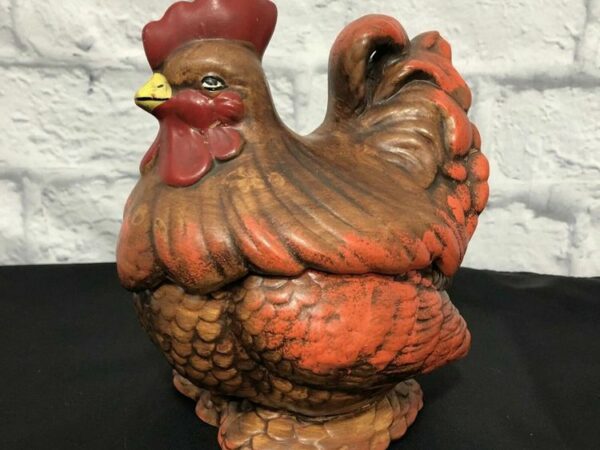Lots of DIY enthusiasts keep looking for classic boat motors for ongoing or upcoming projects. In fact, completely new boat motors are extremely expensive with supportive configuration. That’s where a functional antique boat motor should come in handy.
Not to mention, changing or repairing the parts can restore the boat motor mechanism. However, the process starts with your proper assessment of antique boat motor values. Stay with the expert suggested intuitive guideline on proper valuation by yourself.
Table of Contents
What are Antique Boat Motors?
Primary boat motors were outbound in category to feature engine, gearbox & jet drive or propeller. The self-contained unit delivers consistent propulsion for the boat on the water.
- And the first known design by Gustav Trouve was an electric unit from the 1870s. And the American Motors Company developed petrol-fueled outbounds by the end of the 1800s.
- Neither attempt was actually successful enough to leave a major or significant impact. But invention of gasoline-powered motors managed to introduce the revolutionary change.
- The immediate beginning of the 1900s observed large-scale production of gasoline motors. Almost all the adventurers had to check the marketed version of so-called ‘Porto Motor’.
Many American companies joined the industry by the 1910s to meet customer demands. As it seems, not many motors are available in the antique category. Instead, you’ll mostly find the usable motors as vintage to age less than 100 years old.
How to Value Boat Motors
Valuating boat motors isn’t exactly easy as it may sound at first. There are different factors to count for precise evaluation. However, professionals want you to emphasize the following points at once.
1. Motor Type
As mentioned, early motors were primarily outbound motors from the mechanical context. But continued evolution in science resulted in distinctive motor types. And you ought to know the features of individual categories for positive identification.
You may look into the following four categories for genuine antique/vintage boat motors.
Propane – It’s arguably the least preferred category among conscious boat-makers. Nobody actually likes the heavy sound, poor performance & additional cost on operation. Only a mere number of manufacturers provided attention to the specific type.
Electric – The intended type remains somewhat newer with conceivable technical integration. It came into the picture by 1973, so you’re actually checking vintage motors. You should seriously consider the category for imparting excellent outcomes.
Pump Jet – It’s more like an extra option to encourage overall motor efficiency. Anyone to explore shallow water at a lower speed should consider the type. However, modern designs are highly available to grow confusion on genuine vintage/antique.
Portable – Small motors to provide minimal hardware regarding weight fall under the category. Early motors from the 1800s & 1900s are noticeably small in size. But questionable output with minimal availability of repairing for restoration is an issue.
Highly powerful motors made the market by the late 1900s with continuous development. And the size stands pretty large to skip your attention regarding antiques.
Don’t miss the essential details on classic or vintage inbound motors from the Old Marine Engine. Meanwhile, dig the Take Me Fishing content to cover the standard types.
2. Serial or Model Number
The most recognized strategy to confirm authenticity comes with the serial number. Meanwhile, the imprinted model number can help you narrow down the original brand. Of course, the subject isn’t exactly well-documented to record almost everything.
That’s where you may face initial troubles in identifying the motor without brand names. Likewise, you must check the available resources to explore or match the details. Although the serial number may seem unorthodox, the model number should provide an output.
You can check on the numbers from Antique Outboard Motors Club Inc & Marine Parts.
3. Brand Value or Recognition
Brand value always contains a special meaning to price a product, regardless of its age. There are many well-known names to make contributions through the timeline of boat motors. And recognition of a specific name can push the actual value really well.
Check the established brand names on boat motors from the early industry –
- American Motor Co
- The Waterman
- Caille Motor Company
- Mercury
- Evinrude Outboard Co
- Built-in Marks
- Johnson
- Atwater Lockwood
- Chris Craft
Many other companies marketed products on a local as well as regional scale. You must reveal the 19th-century brands to ensure reasonable value for the quality. Check the outboard manufacturer’s directory at Nada Guides to obtain further brand information.
3. Current Condition
Extremely poor condition of any product can’t hold the customer at any reasonable cost. And there’s actually no difference with the classic boat motors for application. The problem may concern heavy aging due to repeated or frequent uses.
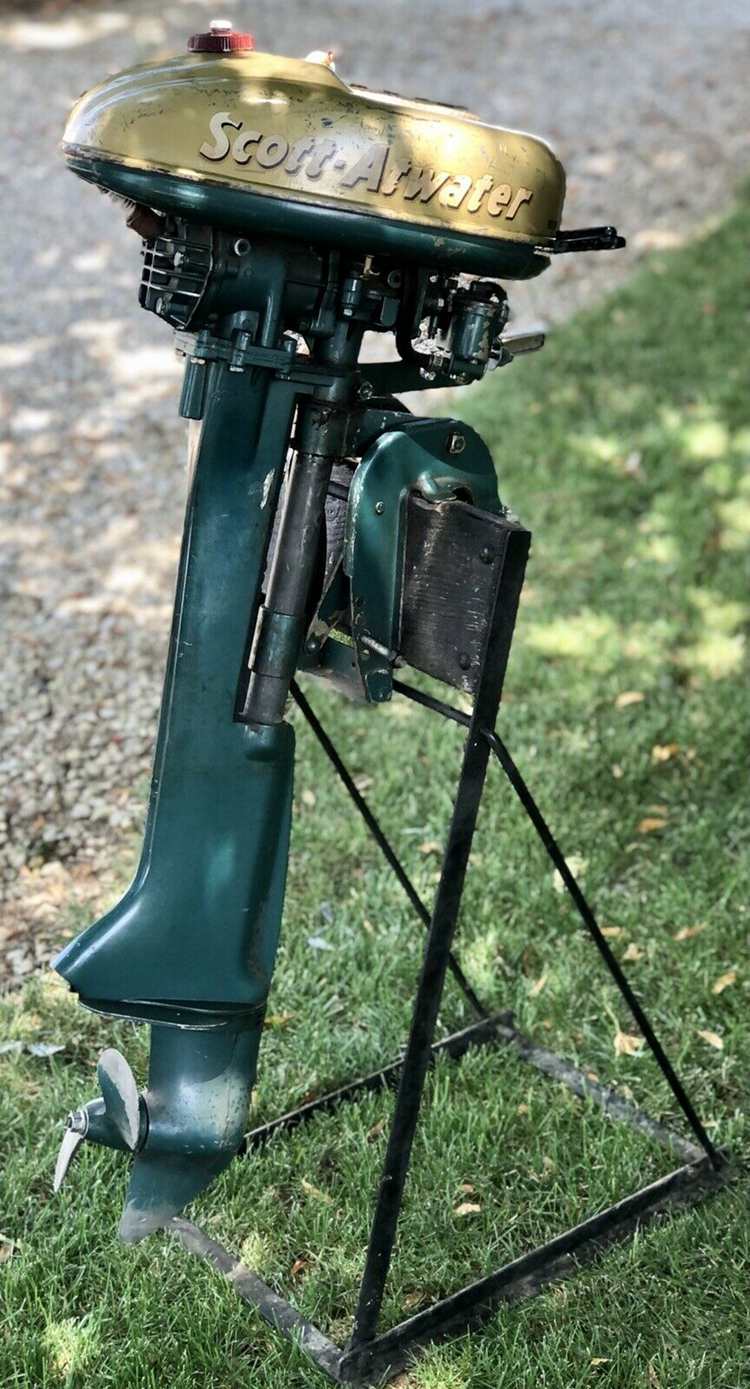
Older models to feature early technology are unlikely to possess any value on repaired uses. However, you can attend a good amount with the strict intention of the collectible display. No matter what’s the case, you must confront the condition.
Visible missing pieces, damaged mechanisms, or extreme deterioration will lower the value. Poor storage or handling often ends up catching discolorations, rusts, corrosion. The surface should hold standard wellness for acceptable pricing.
4. Necessary Change of Parts
Lots of occasional adventures require older motors to reduce the overall project cost. That’s where the practical usability of the antique piece remains extremely important. Heavily damaged design or poor powering performance will set the price low.
But the repairing cost may give you a headache with lots of supportive & available changes. Special requirement for older ones is a great challenge to overcome locally. It’s indeed a wise strategy to maintain a balance between necessity & existence.
5. Intended Boat Application
Experts want novice collectors or sellers to focus on the motor’s usage documentation. Motors from racing boats should receive the highest priority after authentication. And the specified event participation can induce a skyrocketing increment.
It’s literally the same regarding the defined provenance of an antique product on purchase or sale. The motor to give a ride or had the touch of important figures are worth consideration. Of course, you need to have sufficient proof from the seller’s side.
Additional Points on Proper Valuation
However, the aforementioned points must get the priority for narrowing down the range. Still, market experts have suggested further things to check on evaluation.
- Take multiple pictures from different angles to cover the details. Start googling the pictures to find matching results for elaborate exploration.
- Try to disassemble the motor part as far as possible for additional markings. Many dishonest sellers replace the internal part with damaged ones.
- Original parts are always the key to ensure a genuine antique motor. Don’t let the modern-day motors in poor surface condition fool you.
- Utilize all kinds of resources to know minor but impactful information. The pricing amount can highly change due to a negligible fact for antiques.
- Don’t let the possessed motor remain exposed in the open nature. Always take care of the actual condition to retain the original market value.
- Pay attention to the locations worth considering for boat motor trading. Encountering with clients & dealers can encourage your valuation skills.
The motor configuration will vary distinctively depending on the brand, model & version. Taking all the factors into account can comfortably denote approximate values.
Resources on Antique Boat Motor Value
Likewise, the article focuses on providing a guideline to assist you with boat motors. Resources to contain in-depth explanations or examples can help you with the process. And there are multiple free as well as premium resources in hand.
Let’s start with the premium resources to contain much essential info. You ought to check the following books to understand the early boat motor specs –
- The Classic Outboard Motor Handbook (Motorbooks Workshop) by Peter Hunn
- Vintage Outboard Motor Boat Racing: An Illustrated History 1927-1959 by Bernie Van Osdale
- The Old Outboard Book by Peter Hunn
Surfing the internet can deliver lots of exclusive articles, sites & videos on precise valuation. However, no need to waste your precious time/energy/effort on every available material right away.
Land-O-Lakes, Antique Boat America & Antique Outboard Motor Club Inc are the dedicated sites on the subject. You can also check Volocars, Power & Motor Yacht, Smokstak for additional details.
Looking into the available collectibles is an excellent way to understand the current market price. And you may check the impressive collection at eBay, Ahlstrand Marine, Kijiji & Small Outboards.
YouTube contains videos on Lakeland PBS, Fieldstone Media, Docktime TV & others’ collections. Appointing an appraisal at the final step can confirm your valuation accuracy with expert results.
It should help you to estimate the probable budget requirement for the restoration or repair. Check some restoration guides from Danger Marine, Boating Mag, The American Garage & SW Customs.
Final words
Collecting classic boat motor is more like a necessity than a hobby for most customers. And you can’t skip the obvious importance of knowing the exact value. That’s where you better use our guidelines to deliver a proper summary of the subject at once.



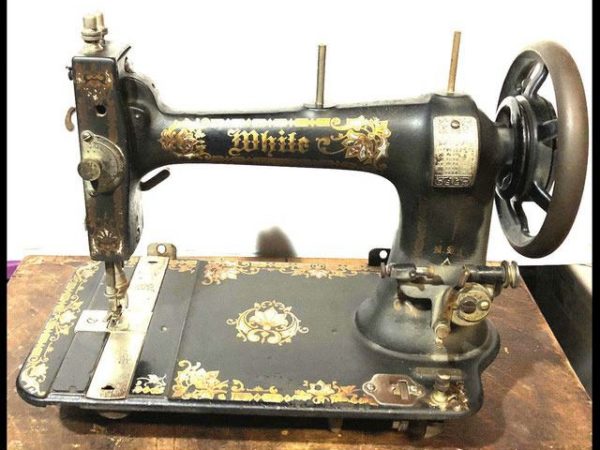

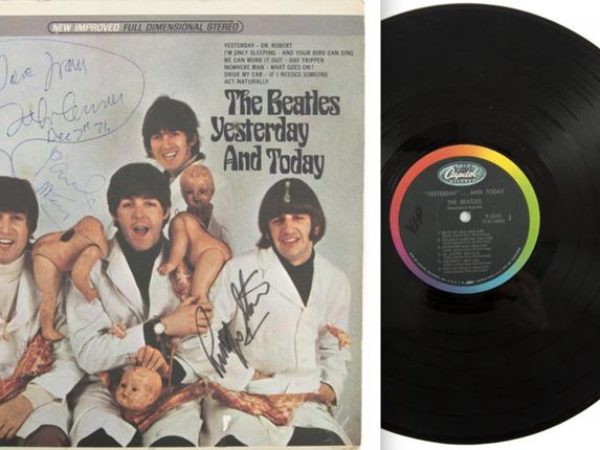

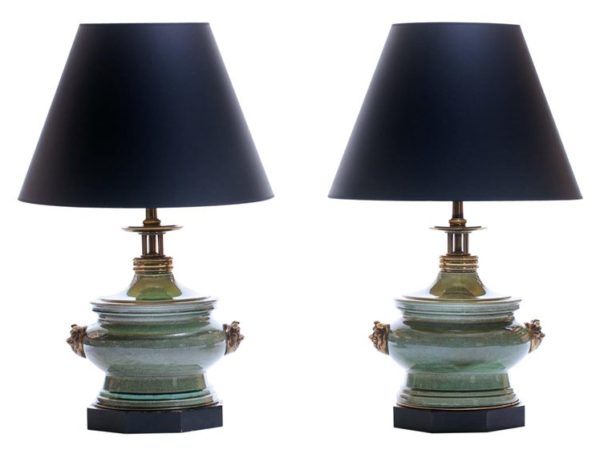
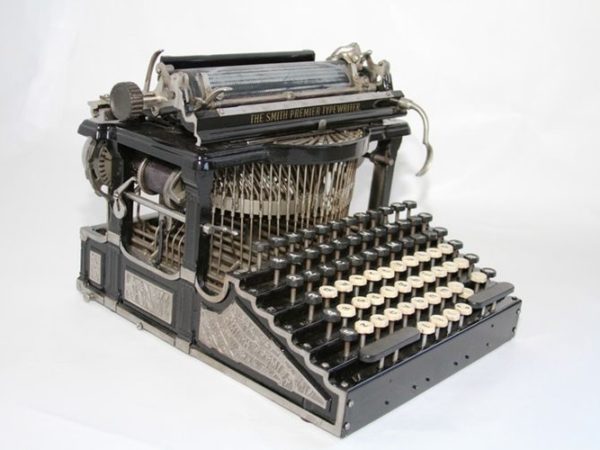
![Vintage Schwinn Bikes: [Types, Identification, and Values]](https://www.txantiquemall.com/wp-content/uploads/2022/05/5.-Schwinn-1967-Ramshorn-Fastback-Stingray-Sky-Blue-vtg-600x450.jpg)
